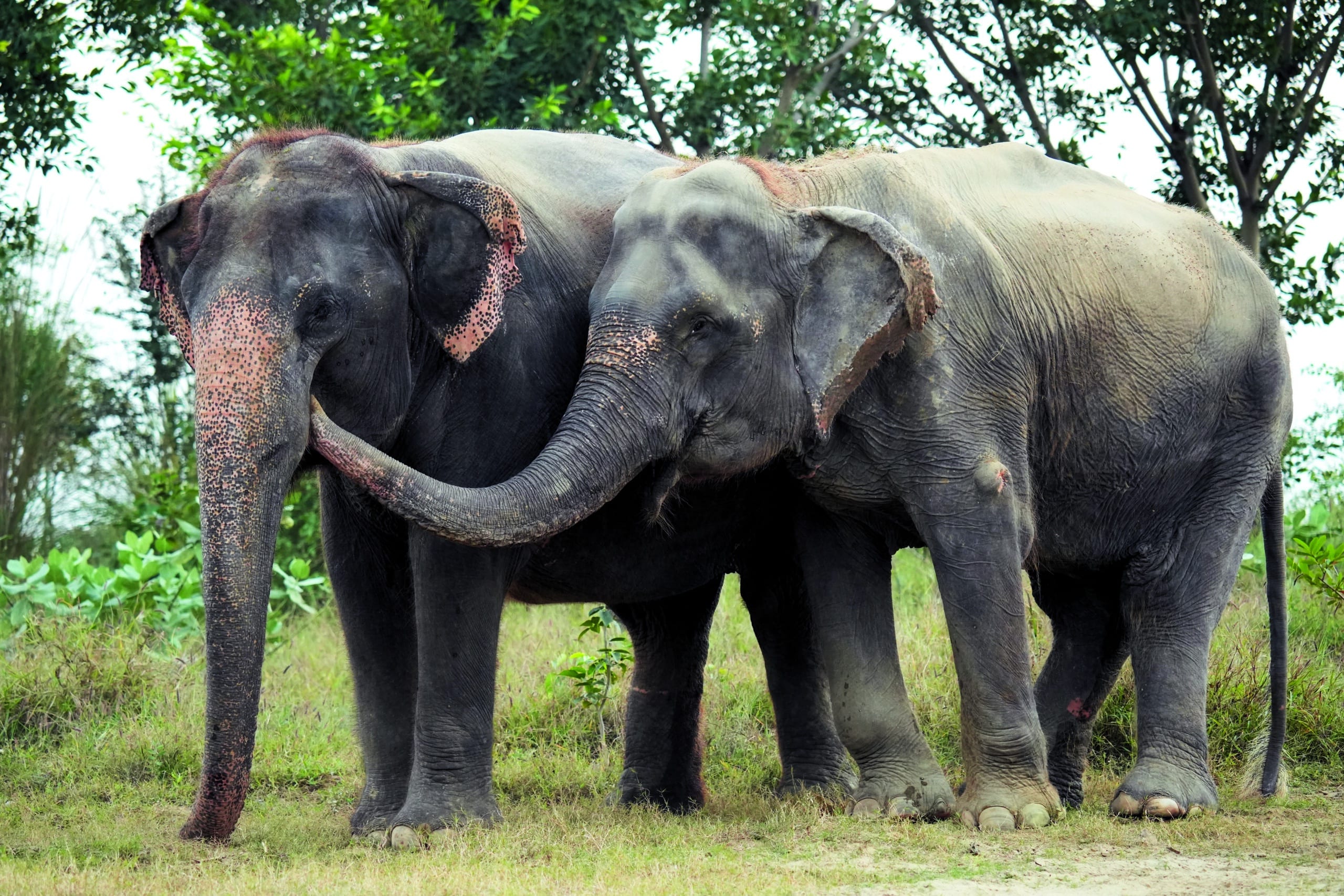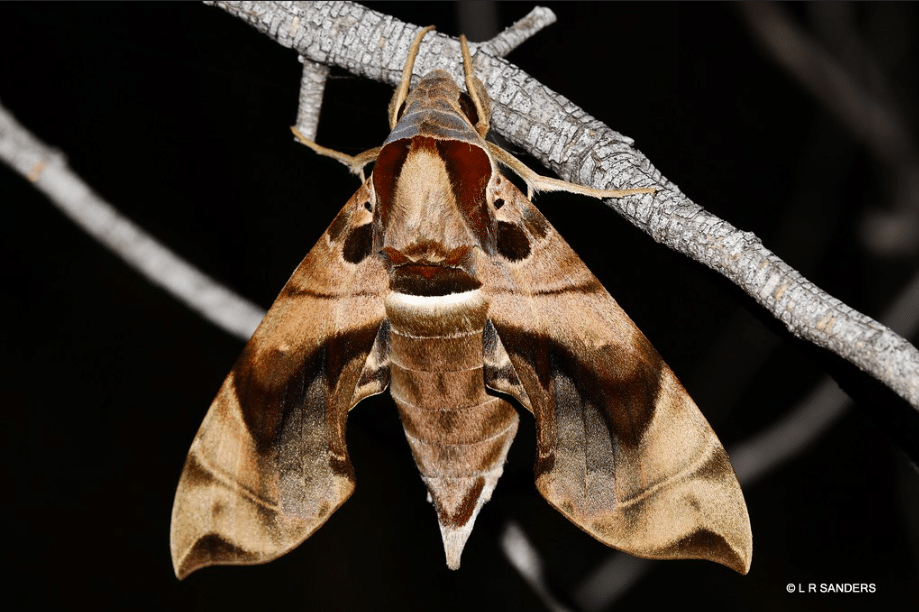You might remember Kalpana—I am happy to report that this year she celebrates her fifth rescue anniversary at Wildlife SOS. Formerly exploited and abused as a ‘begging’ elephant in Uttar Pradesh, Kalpana was rescued in 2019 and brought to the Wildlife SOS Elephant Hospital Campus (EHC) in Mathura for comprehensive...
It’s 2018 and here in Australia, an Endangered Species is being commercially killed within a World Heritage Site.
If the species in question was a primate, a rhino, or a whale one would expect global outrage. But it is a shark, and so the slaughter has gone unnoticed.
The disallowance motion was a complicated political matter. But what is not complicated is whether this endangered species should be caught and killed in the Great Barrier Reef. Yet this is where we find ourselves…
The scalloped hammerhead shark is found throughout the world in warm, tropical and temperate waters. These medium-sized sharks (average lengths of about 2 m) exert a significant influence on the marine ecosystem. Many communities of organisms including herbivorous fish and invertebrates are regulated by larger predators like the scalloped hammerhead. Healthy populations of predators maintain the delicate balance of all marine ecosystems.
The scalloped hammerhead is listed as Endangered by the IUCN due to threats from commercial fishing. According to the Department of the Environment’s Threatened Species Scientific Committee the scalloped hammerhead population in Australian waters has declined by 63-83%. Targeted for their meat and fins in many parts of the world, hammerhead shark fins are especially valuable due to the high number of cartilaginous fin rays. These are the titular ingredient in shark-fin soup. Even in places where the scalloped hammerhead is not targeted it is subject to overwhelming bycatch. Since the beginning of this year, over 500 scalloped hammerheads have been caught and discarded in Queensland alone. This shark needs a helping hand.
Scalloped hammerheads are also under threat from lethal drumlines in the Great Barrier Reef, which are designed to catch and kill sharks. Image: HSI/AMCS/Nicole McLachlan
After nomination by HSI, the scalloped hammerhead was listed under the Environmental Protection and Biodiversity Conservation Act 1999 in the “Conservation Dependent” category on the 1st of February earlier this year. Despite qualifying for further protection under the “Endangered” category, “Conservation Dependent” was decided upon because it allows for the continued commercial exploitation of the species. For a shark so often caught as bycatch, and with such valuable fins, the former Environment Minister opted for this category.
So the scalloped hammerhead could continue to be caught and killed all throughout Australia, except for just one place: the World Heritage Site, the Great Barrier Reef. You see, the charter that created the Great Barrier Reef Marine Park includes a clause that protects all federally listed species, including those that found themselves in the apocryphal “Conservation Dependent” category. Good news for the scalloped hammerheads living in the Reef right?
On March 2nd, former Minister of the Environment Josh Frydenberg amended the Great Barrier Reef regulations to allow for the catch of scalloped hammerhead sharks within the Great Barrier Reef Marine Park. In Australia, it was now legal to capture and kill an Endangered species within a World Heritage Site.
This week, Senator Peter Whish-Wilson (Australian Greens, Spokesperson for Healthy Oceans) tabled a Disallowance motion to repeal the amendment Josh Frydenberg made on the Great Barrier Reef Marine Park’s charter. The Disallowance was defeated by 4 votes, and fishing for the scalloped hammerhead will continue uninterrupted.
HSI would like to extend our deepest gratitude to the Australian Greens, the Australian Labor Party, as well as Senator Derryn Hinch for supporting the Disallowance.
Losing the Disallowance vote is a devastating blow to the scalloped hammerhead population within the Reef, and also sets a dangerous precedent concerning threatened species in protected areas in Australia. If there’s an economic incentive contrary to conservation, how can any species in any habitat be safe?
We had a chance to protect the scalloped hammerheads within the Great Barrier Reef and fulfil the most basic tenet upon which the Marine Park was established: “…to provide for the long term protection and conservation of the environment, biodiversity and heritage values of the Great Barrier Reef Region.”
Protecting endangered species would be a great start.
Blog image: Endangered hammerhead sharks will continue to be commercially fished in the Great Barrier Reef following a disappointing apathy shown by the Australian Government. Image: AMCS



